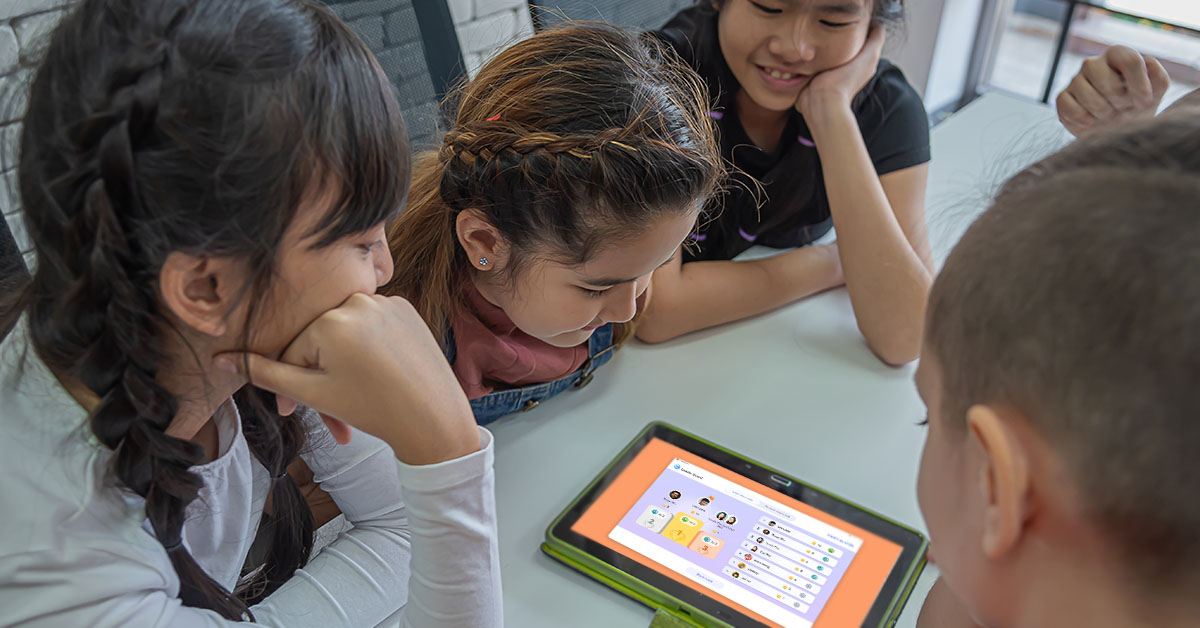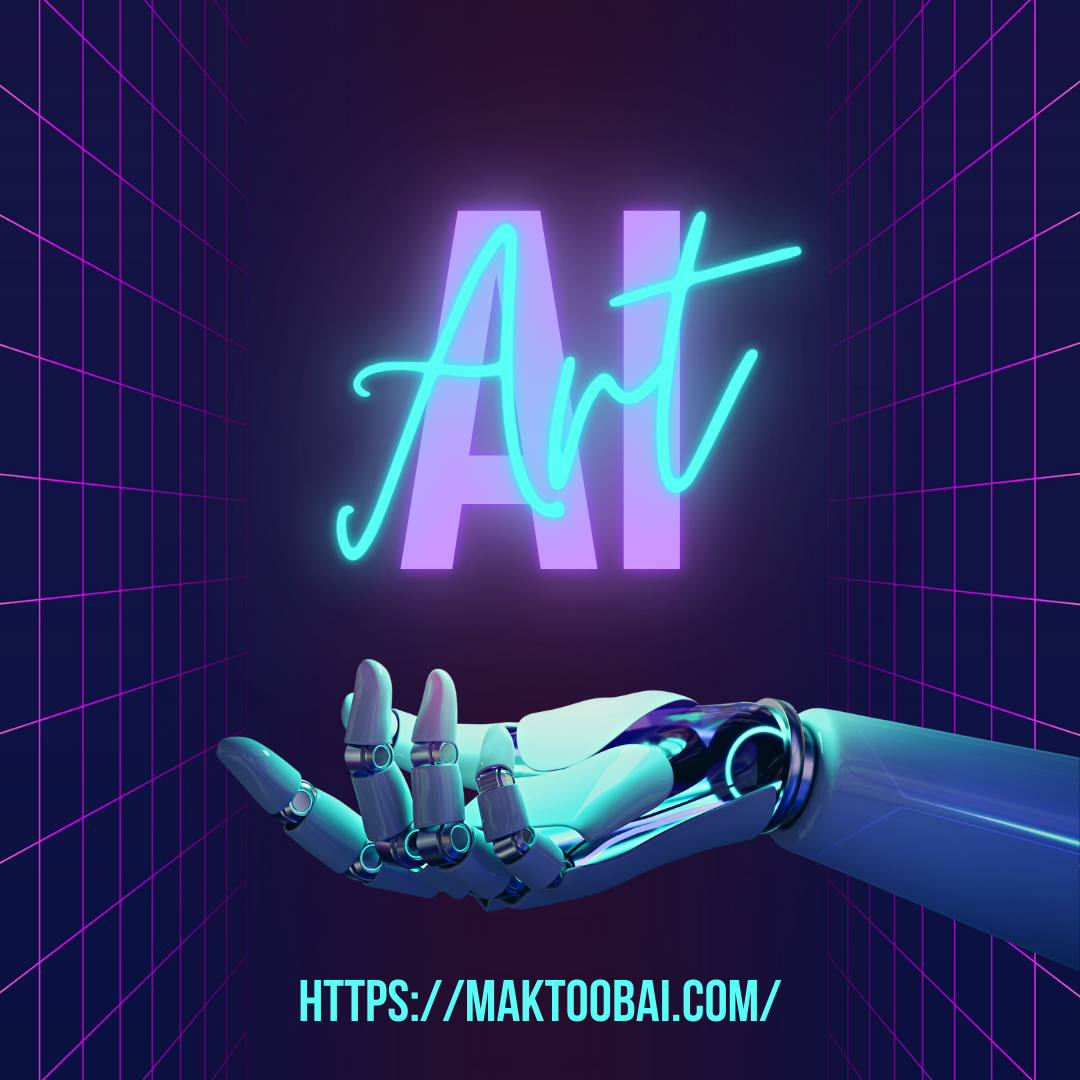Artificial Intelligence (AI) is making significant strides in the education sector, offering a range of applications that can enhance teaching and learning experiences. From personalized learning platforms to administrative tools, AI applications can help educators improve their effectiveness and streamline their workflows. Here are ten AI applications every educator should be aware of:
1. Adaptive Learning Platforms
Example: DreamBox and Knewton
Overview: Adaptive learning platforms use AI algorithms to tailor educational content to individual students’ needs. These platforms analyze students’ performance in real-time and adjust lessons accordingly, offering personalized practice and support based on their strengths and weaknesses.
Impact:
These tools help address diverse learning styles and pace, ensuring that each student receives the appropriate level of challenge and support.
2. AI-Powered Tutoring Systems
Example: Socratic by Google and Woot Math
Overview: AI-powered tutoring systems provide one-on-one assistance to students, offering explanations and feedback on their work. These systems can help students understand complex concepts and solve problems by guiding them through the steps and providing instant feedback.
Impact:
AI tutors offer additional support outside of regular class hours, helping students with homework and difficult topics while freeing up teachers to focus on classroom instruction.
3. Automated Grading Tools
Example: Gradescope and ZipGrade
Overview: Automated grading tools use AI to grade assignments and exams quickly and accurately. These tools can handle multiple-choice questions, essays, and even handwritten responses, providing teachers with instant results and detailed analytics.
Impact:
By automating the grading process, educators save time on administrative tasks and can focus more on teaching and providing personalized feedback.
4. Intelligent Classroom Management Systems
Example: Classcraft and GoGuardian
Overview: AI-driven classroom management systems assist teachers in monitoring and managing student behavior and engagement. These systems use AI to track classroom activities, identify disruptive behavior, and provide insights into student engagement levels.
Impact:
These tools help create a more controlled and engaging classroom environment by providing real-time data and alerts to teachers.
5. Personalized Learning Environments
Example: Smart Sparrow and McGraw-Hill Education
Overview: Personalized learning environments use AI to create customized learning experiences based on each student’s progress and needs. These platforms adapt content, resources, and assessments to fit individual learning styles and paces.
Impact:
Personalized learning environments ensure that students receive a tailored education that addresses their unique strengths and areas for improvement.
6. AI-Enhanced Educational Games
Example: Kahoot! and Prodigy
Overview: AI-enhanced educational games integrate learning with interactive and engaging game elements. These games adapt in difficulty based on the player’s performance and provide immediate feedback and rewards.
Impact:
Educational games make learning fun and engaging, motivating students to participate and excel in various subjects.
7. Virtual and Augmented Reality (VR/AR) Applications
Example: Labster and Google Expeditions
Overview: VR and AR applications use AI to create immersive learning experiences. These technologies allow students to explore virtual environments, conduct experiments, and visualize complex concepts in 3D.
Impact:
VR and AR applications provide hands-on learning opportunities and enhance students’ understanding of abstract concepts by bringing them to life.
8. AI-Based Language Learning Tools
Example: Duolingo and Rosetta Stone
Overview: AI-based language learning tools use algorithms to help students learn new languages. These platforms offer interactive exercises, conversational practice, and instant feedback to improve language skills.
Impact:
These tools provide personalized language instruction and practice, helping students acquire new languages more effectively and at their own pace.
9. Data-Driven Analytics and Reporting
Example: Tableau and Edulastic
Overview: Data-driven analytics tools use AI to analyze educational data and generate insights into student performance. These tools help educators identify trends, track progress, and make informed decisions based on data.
Impact:
Analytics and reporting tools enable educators to monitor student outcomes, adjust teaching strategies, and provide targeted interventions based on data-driven insights.
10. AI-Powered Content Creation Tools
Example: ScribeSense and Articulate 360
Overview: AI-powered content creation tools assist educators in developing educational materials and resources. These tools use AI to generate lesson plans, quizzes, and interactive content based on educational standards and goals.
Impact:
Content creation tools streamline the process of developing educational resources, allowing teachers to create high-quality materials more efficiently.
Conclusion
AI applications are revolutionizing education by providing personalized learning experiences, automating administrative tasks, and enhancing classroom engagement. By incorporating these AI tools, educators can improve their teaching practices, better support their students, and create a more effective and engaging learning environment. Staying informed about these advancements allows educators to leverage AI’s potential and continue providing high-quality education in an ever-evolving digital landscape.


